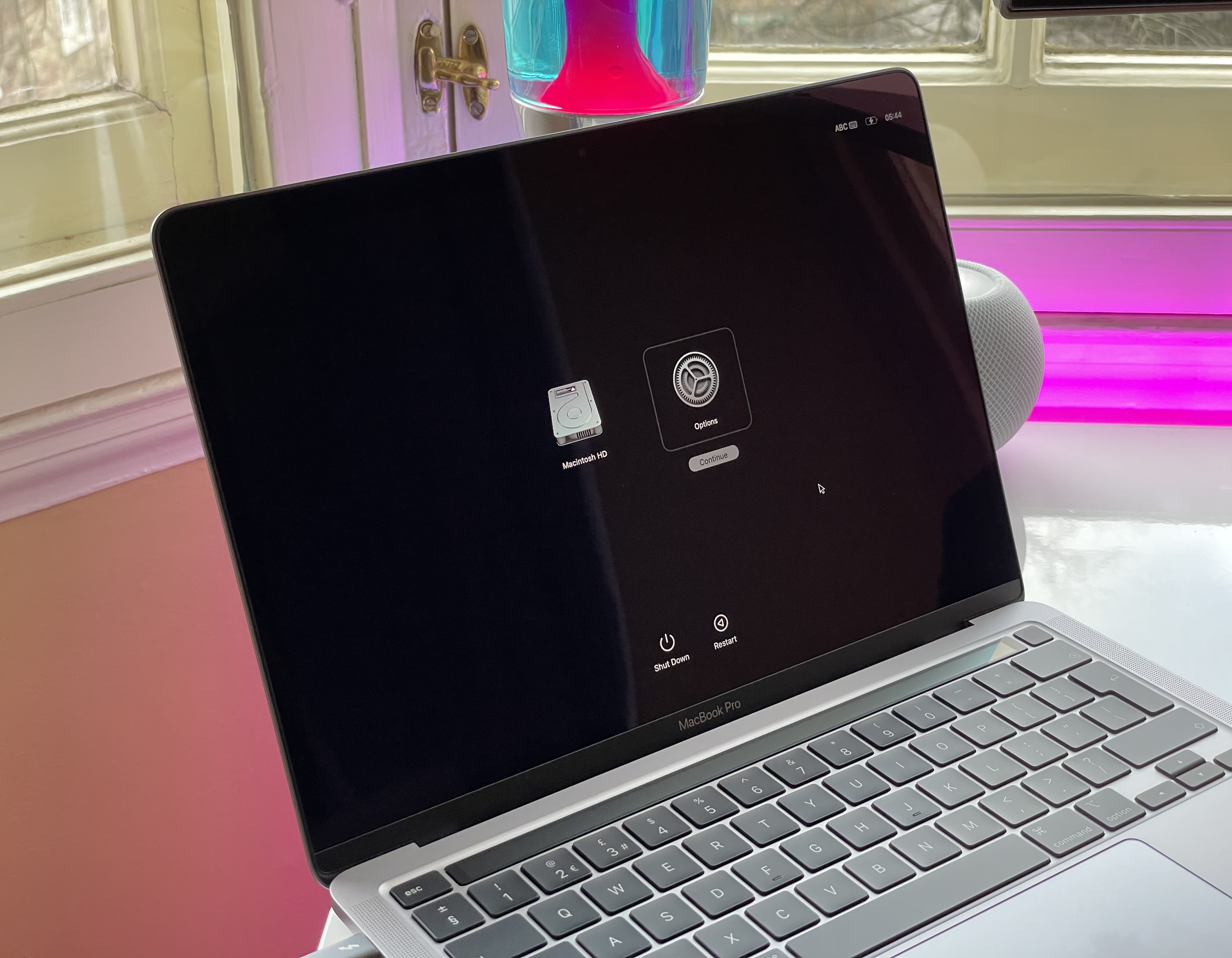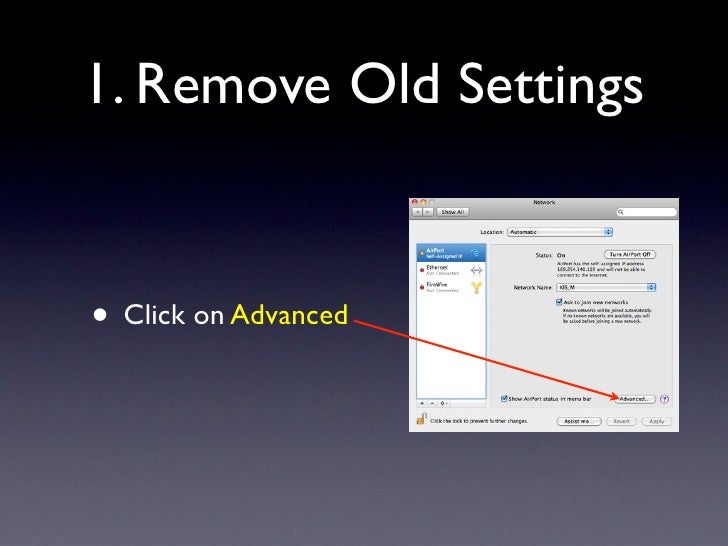

- Reimage macbook pro how to#
- Reimage macbook pro install#
- Reimage macbook pro password#
- Reimage macbook pro mac#
The new method applies to the M1 MacBook Pro, Mac Mini and MacBook Air.
Reimage macbook pro install#
Your Mac will then download the latest version of MacOS, install it, and when it's finished, it'll be as if it was never set up. You'll be asked to select where you want it installed, which should be Macintosh HD (or whatever name you gave your hard drive if you decided to change it).

:no_upscale()/cdn.vox-cdn.com/uploads/chorus_asset/file/19430714/activationlockhowto2.jpg)
Once that's done, close Disk Utility and then select Reinstall MacOS from the list of options. Leave the volume name and format alone, but for reference, it normally is "Macintosh HD" for the name and you should use AFPS for the format.Ī few seconds later, the hard drive will be completely wiped, taking with it all of your files, user accounts and apps. Otherwise, click Erase and follow the prompts. If there's an option title Erase Volume Group, check the box. To completely remove all of your information from the hard drive and reinstall MacOS, open Disk Utility and then select the internal disk labeled Macintosh HD. Resetting your Mac to a factory-like state shouldn't take too long. In the menu bar at the top of the screen you'll also have access to other apps and tools like Terminal, Share Disk and Startup Security Utility.
Reimage macbook pro how to#
Safari: You can use Apple's browser to search and troubleshoot how to fix your Mac.ĭisk Utility: The tool you'll use to repair, troubleshoot or erase your hard drive. Reinstall MacOS: If you're having issues with MacOS, you can try this option to reinstall the latest version of MacOS without deleting any of your files or losing any data. This is helpful if you've lost a bunch of files, changed settings, or installed an app that's caused severe issues with your Mac. Restore from Time Machine: Use this option if you want to restore your Mac from a previous Time Machine backup. The new recovery tool gives you a few optionsĪfter signing into a user account, you'll see a partial list of recovery options. You have several options in recovery mode to troubleshoot and diagnose your Mac.
Reimage macbook pro password#
Select a user with administrator privileges and enter the account password when asked. Keep pressing the button for about 5 seconds until the text switches to "Loading startup options." Next, click Options > Continue. When the Apple logo first appears, you'll see text just below it letting you know to continue holding it in to access startup options. Turn off the computer, and then press and hold the power button. That trick will no longer work on an Apple Silicon Mac. How to access MacOS Recovery on an Apple Silicon Macįor as long as I can remember, forcing a Mac to boot into Recovery Mode where you can repair the hard drive, wipe your personal information or reinstall MacOS has consisted of restarting the computer and holding Command + R on the keyboard. The new recovery mode looks similar, but getting to it is different. At the bottom of this post, I'll go over troubleshooting steps and explain how I fixed it. From what I can tell, it doesn't look like the problem is widespread, but it's still frustrating for those who experience it. (Side note: The easiest way to tell if you have an M1 Mac is to click on the Apple icon in the menu bar followed by About This Mac and look at the Chip section.)Īnd as a forewarning, I experienced an issue after wiping the Mac and trying to reinstall MacOS. Below I'll walk you through how you'll get to Recovery Mode and how to use all of the options it includes. More specifically, the steps to access Recovery Mode, the tool you need to use to reset your Mac, have changed. However, when it comes time to reset your new Mac, either because you're selling it or troubleshooting, there are completely new steps to completely wipe your Mac. In your day-to-day use, you likely won't notice any difference at all, and that's a good thing. If you've bought a new MacBook Air, MacBook Pro, iMac or Mac Mini recently, there's a good chance it's using Apple's own processor, the Apple Silicon M1, instead of an Intel chip. If you've reset a Mac in the past, you're going to have to learn the new method once you switch to Apple Silicon.


 0 kommentar(er)
0 kommentar(er)
